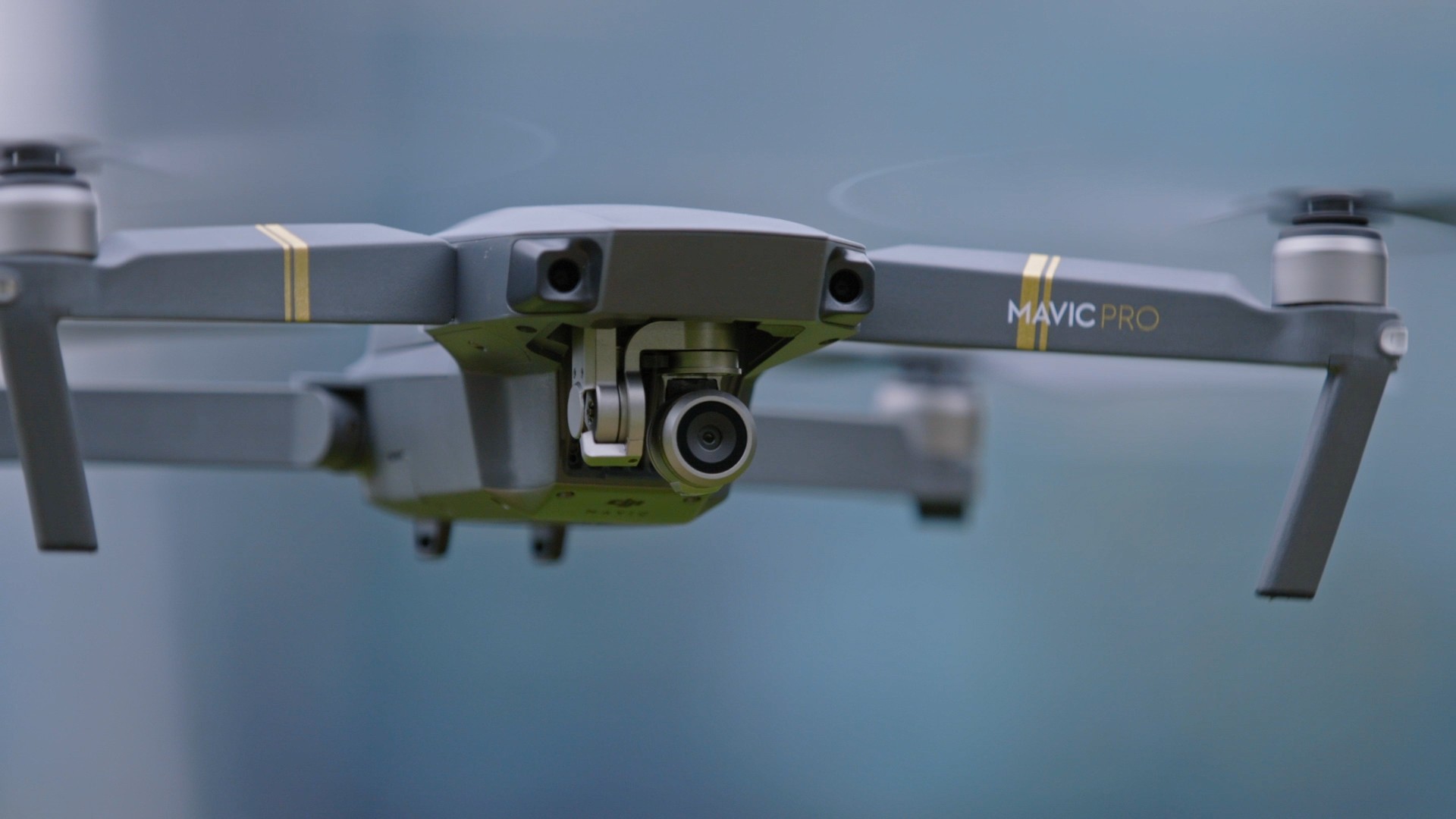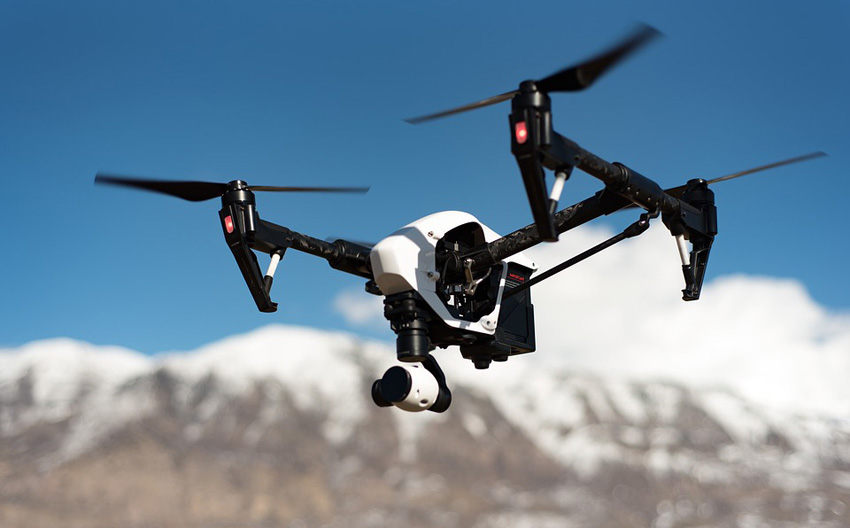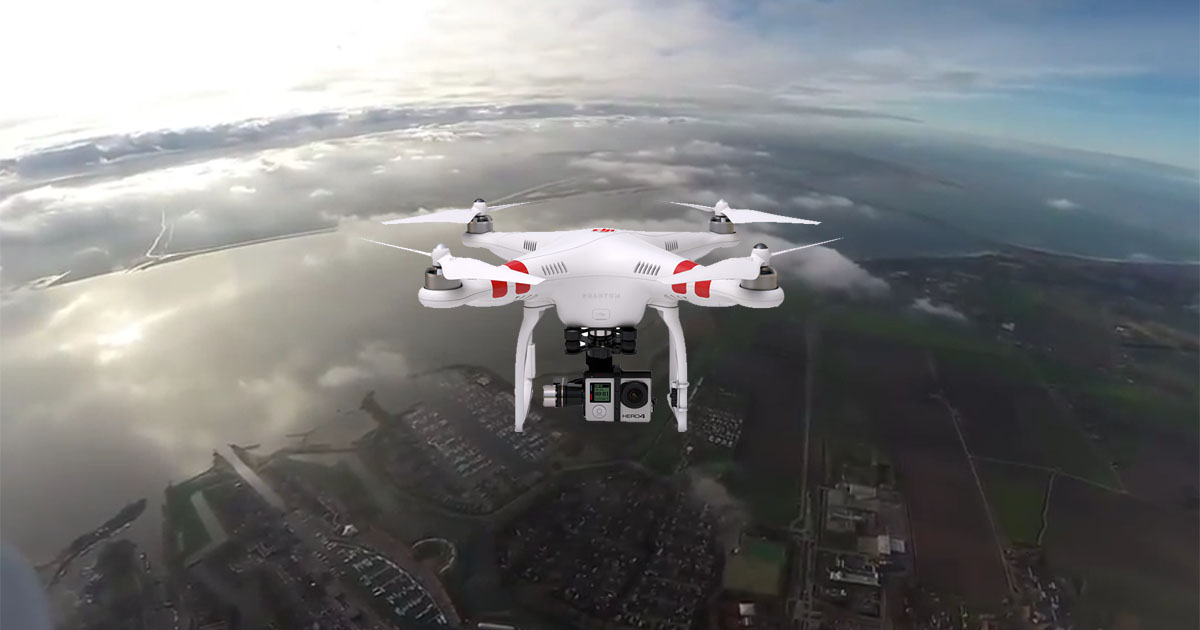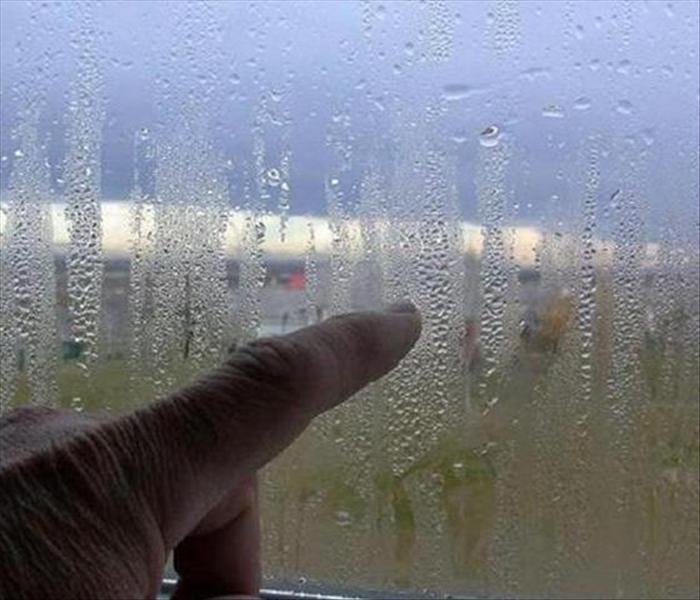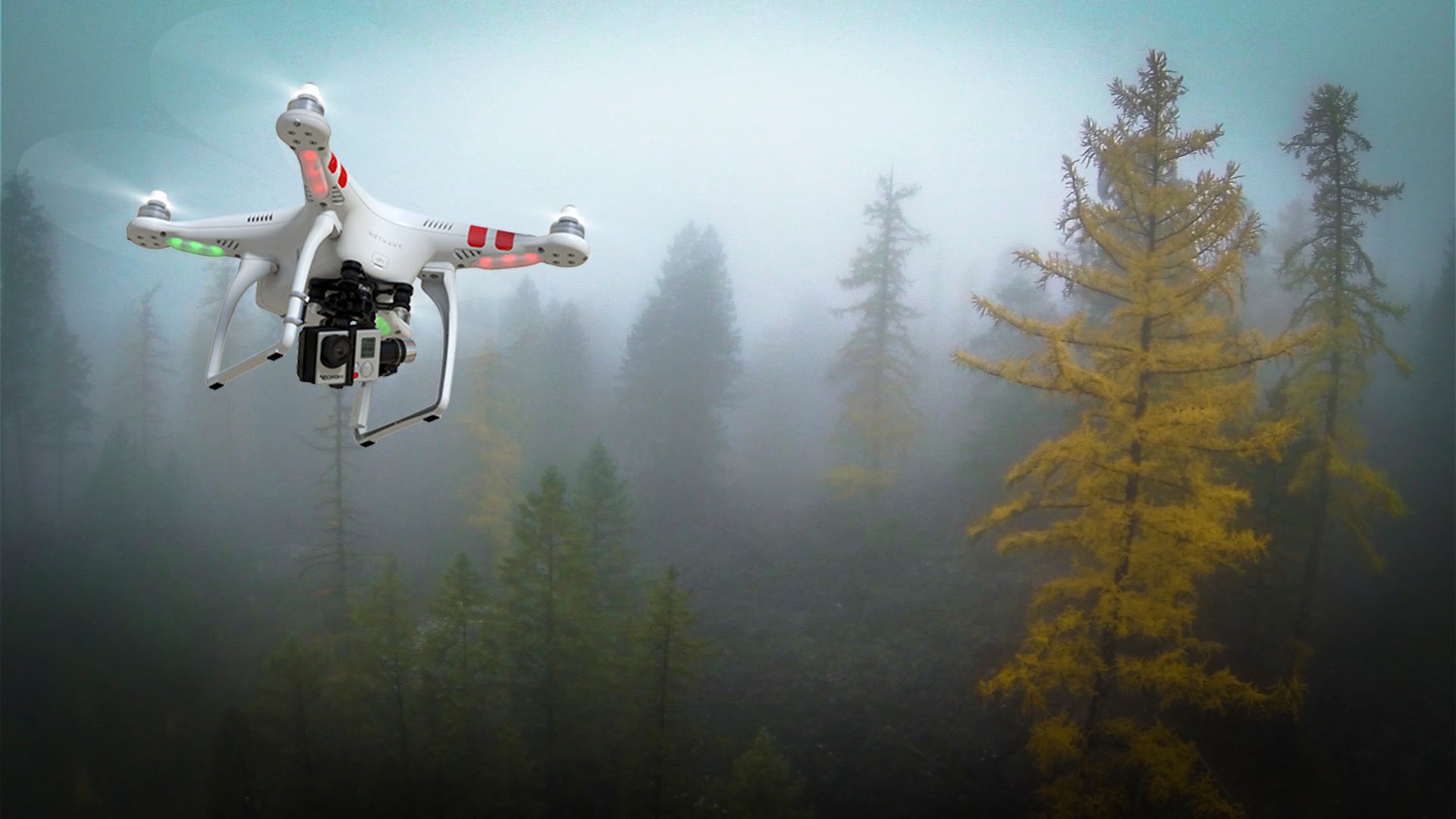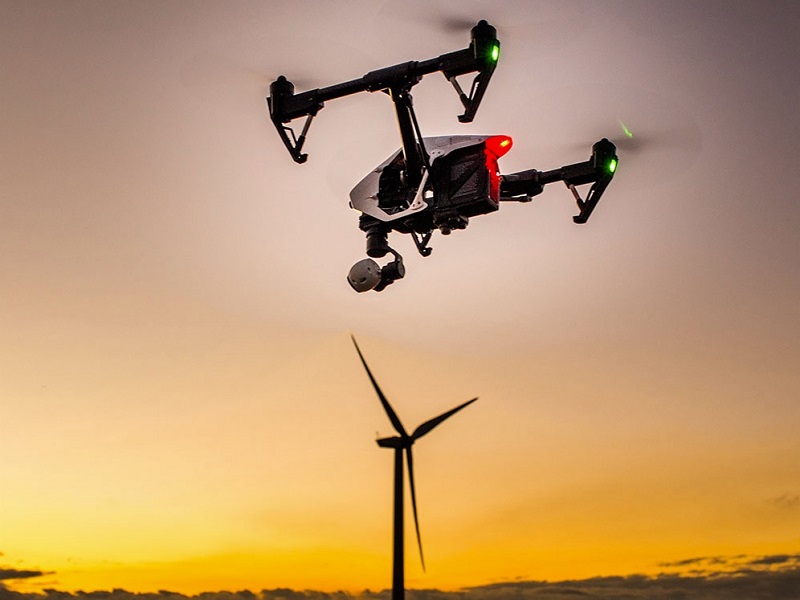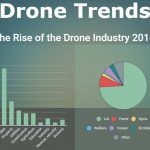How Weather Affects Your Drone’s Performance Leave a comment
How Weather Affects Your Drone’s Performance
Each experienced and licensed pilot knows that weather is one of the most important factors, which influences the performance of your aircraft. For that reason, every drone pilot needs to know that weather conditions should always be taken into consideration. Of course, you aren’t obliged to understand the weather indicators like the licensed aircraft pilots. Yet still, there are several basic factors that influence the performance of the aircraft.
We have already discussed tips to consider before you buy your first drone and recommendations allowing you to improve your skills in aerial photography. In this review, we’ll discern about 5 weather factors that will help you fly a drone wisely.
Hot and Cold Temperature
It is worth noting that hot and cold temperatures aren’t the best conditions for flying a drone. Both can cause adverse reactions for different constituents of your UAV. As a result, this may cause the reduced flight performance.
So, choosing the best weather conditions, you need to adhere to the following rules:
- If it is too hot or too cold, plan shorter flights.
In too hot environments, the motors will be made to work harder. For that reason, they will generate more lift and this can conduce to shorter flight times.
In too cold environments, the efficiency of a battery decreases. Besides, a drone’s battery can drop below the critical voltage.
Precipitation
It is not allowed to fly a drone when it is raining or snowing. Drones aren’t water resistant. So, if you are flying and you see that it is slightly raining, you should immediately land a drone.
So, when you plan flying a drone, you need to check the precipitation intensity and precipitation probability. This will help you predict the best flying conditions for that day.
Precipitation probability is a special term, describing the probability of precipitation at the given time and location. As a rule, it is calculated in two ways:
- The precipitation of the area that, as a rule, receives measurable precipitation.
- The confidence that precipitation will happen in any place in the forecasted area.
These are two percentages that are calculated together and allow pilots to calculate the precipitation probability.
Precipitation intensity is the indicator, allowing you to calculate the predicted intensity of precipitation. It is calculated in units of dBZ.
These indicators help pilots predict the worst-case scenario beforehand.
Humidity
This is one more weather metric which needs to be taken into account. This is the quantity of water vapor which is present in the air. If humidity is very close to 1%, it goes to show that your drone will come back wet.
Definitely, humidity is less important than fog or precipitation. Yet still, this weather metric need to be monitored in the long-run because if you use a drone in the humid environment on an ongoing basis, it will influence your equipment.
Fog
Some pilots don’t consider fog to be an obstacle for flying a drone. Yet still, it doesn’t mean that fog is less important than other weather conditions. As a rule, aircraft don’t handle moisture well. To predict fog, you need to look at the visibility index. Besides, if the weather is foggy, you won’t see your drone in the sky.
Wind
High wind speed makes it difficult for a drone to keep its position. As a rule, this results in complicated maneuvering or shorter flight time.
Wind makes your drone go in the direction in which an aircraft doesn’t want to go, thus the motors are made to work harder in order to keep the stability.
Don’t fly when the wind speed exceeds the speed of a drone. If you use DJI Phantom, this is 36 MPH. For DJI Inspire, this is 46 MPH.
So, you know that except for the drone functionality there are some other aspects that influence the performance of a flying machine. Always consider this information before each flight!

